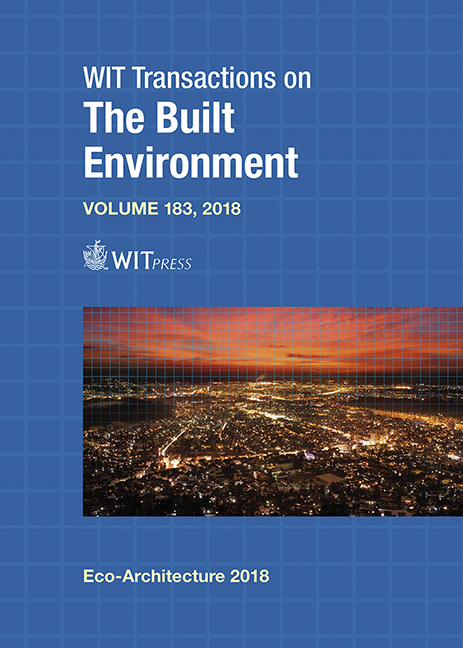LANDSCAPE COMPATIBILITY OF FACTORIES: FROM PRACTICES TO TACTICS
Price
Free (open access)
Transaction
Volume
183
Pages
12
Page Range
25 - 36
Published
2019
Paper DOI
10.2495/ARC180031
Copyright
WIT Press
Author(s)
LIA MARCHI, ERNESTO ANTONINI, STEVE EVANS
Abstract
Industrial facilities are responsible for several detrimental effects on the landscape. Impact occurs in terms of both interference in the main ecosystem’s physical matrices and intense perceptual-aesthetic contrasts with the landscape. As a result, the social sphere also is affected and corporate identity is threatened. Agri-food companies are particularly touched by the issue due to the high environmental impact of their processes, their recurring proximity to the rural landscape, and the strong link between corporate image and environmental attitude. Since the Eighties, literature and regulations have proved harmonisation between industry and landscape is a crucial element of companies’ social awareness. In this framework, some tools have been developed to analyse the impacts, but their main focus is on environmental issues. Nowadays there is no unitary vision capable of balancing manufacturing requirements with effective measures to mitigate the impact of factories on the landscape at all different levels. Our research therefore aims to define a methodology to analyse how agri-food facilities interfere with the landscape and to develop a set of measures suitable to promote less conflictual relationships. This can be achieved by combining the natural, perceptual-aesthetic and social/cultural dimensions of landscape. The goal is to develop a design support tool to analyse impacts and prioritise weaknesses, thereby helping companies to define case-specific mitigation strategies. In particular, the paper presents real life case studies noteworthy for the adoption of mitigation practices, from which a set of general tactics was devised. Over 50 exemplary facilities have been analysed, 200 good practices identified, and more than 100 general mitigation tactics formulated. Furthermore, the study has identified recurrent patterns in the architecture of factories, which generally confirm trends found in literature.
Keywords
environmental impact, landscape harmony, factories, corporate identity, mitigation tactics





